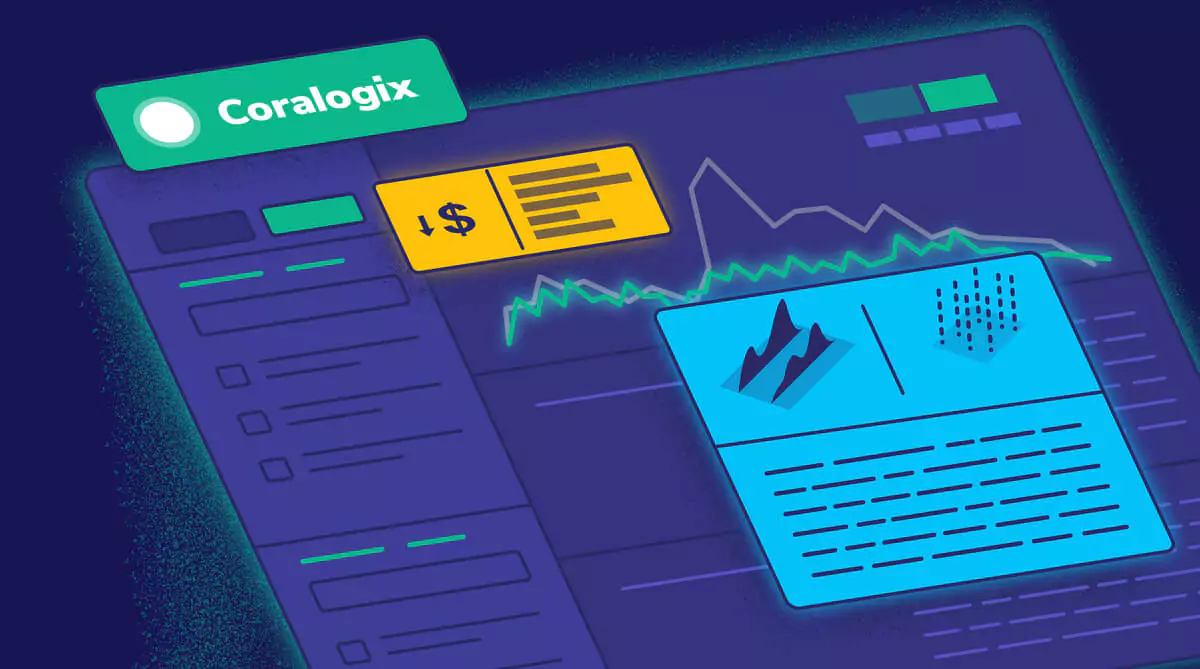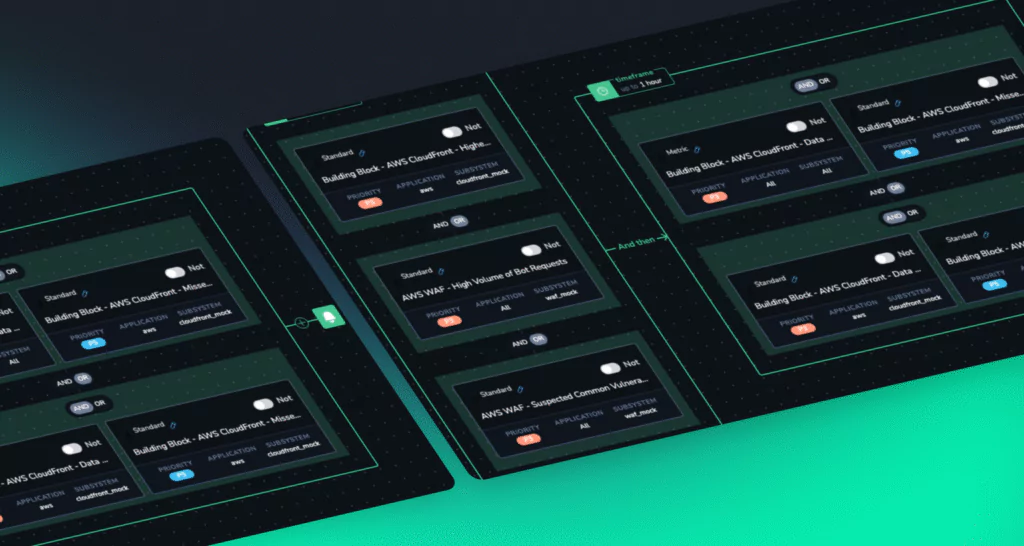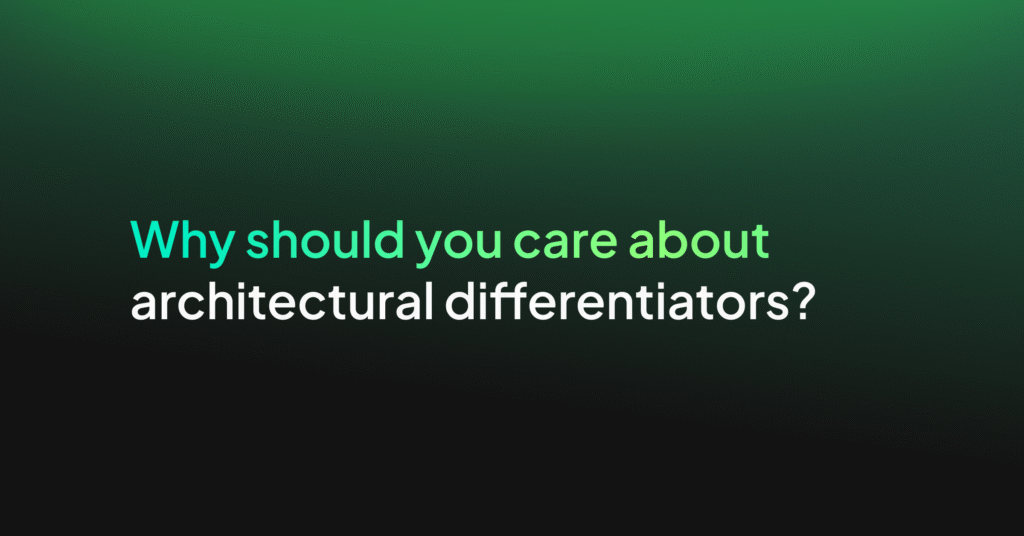Remote Query Solves the Observability Data Problem

We are caught in a whirlwind of rapid data observability. As more engineers, services and sophisticated practices are helping generate an astronomical amount of digital information, there’s a growing challenge of the data explosion.
Coralogix offers a completely unique solution to the data problem. Using Coralogix Remote Query, the platform can drive cost savings of 40-70% without sacrificing insights or functionality.
Scale breeds complexity and cost
The propagation of microservices shows no sign of slowing down. In fact, 85% of respondents from large companies report using microservices, according to a 2021 global marketing survey.
In tandem, modern engineering practices will become more ubiquitous and accelerate the rate of change, influencing ephemeral infrastructure. As a result, the natural chaos of solution and demand for data will increase.
Conventional wisdom is out of date
According to traditional advice for your data, you should adhere to a simple data life cycle. First, ingest and index everything, then archive your data after a certain period, and finally reingest data when you need it.
However, that same life cycle drives a series of consequences, including:
- Incurring maximum cost because all data becomes indexed by default.
- Incurring costs in multiple places through ingestion, storage, reindexing, and more.
- Customers won’t know how much data they should reindex, resulting in more consumption that wastes money and time.
Coralogix Remote Query: An elegant solution to a complex problem

Rather than ingest and compress data, Coralogix Remote Query transforms the traditional and stiff archive into a living, breathing part of the customer’s observability stack. Coralogix Remote Query is a solution to constant reingestion of logs and enables customers to get the best of both worlds:
- Telemetry is stored in an S3 bucket in a customer’s account so they pay the bare minimum for storage costs.
- Customers may query their bucket from the Coralogix UI, which is free of charge, and only pay Coralogix for the initial ingestion.
Coralogix’s offering can bring down costs and increase the dataset customers can access, accelerating insights and overcoming the data explosion. These queries also run faster than most OpenSearch solutions today. For example, a 10TB query takes roughly 10-seconds to complete, with millions of logs loaded from S3 in second. Gain speed and usability, while reducing costs.
Unparalleled efficiency with the TCO optimizer
Coralogix TCO Optimizer allows customers to route their data to three different use cases intelligently. Data can be classified as frequent search (indexed), monitoring (converted into metrics before archiving) or compliance (enriched, transformed and archived). This drives huge cost savings because data can be analyzed and understood without the need to index. And data can be retrieved in seconds, thanks to Coralogix Remote Query.
What does this mean for your organization?
TCO Optimizer and Remote Query have some clear and obvious outcomes for any organization struggling to balance costs with insights:
- Access more data than ever, while maintaining unrivaled performance.
- Drive down costs only indexing the data that you need, and nothing more.
- Transform and investigate data in new and exciting ways, using Coralogix’s DataPrime query language.
Set up your archive in less time
Creating a Coralogix archive is as simple as defining an S3 bucket and adding some simple IAM permissions to give Coralogix access to your bucket. Coralogix handles data formatting, enrichment and transformation. To begin, ship your company data to Coralogix using one of over 200 integrations. Then you’re ready to access the data however you need.




